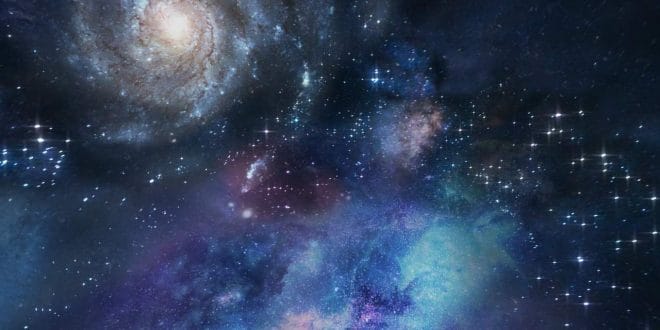Summary:
The Big Bang theory is an idea that suggests the universe we live in was born from a massive explosion or ‘bang’. It was first proposed by Georges Lemaitre in 1927 and further developed by Edwin Hubble in 1929.
Explaining the Big Bang Theory:
Imagine the universe as a giant balloon, but not the kind you blow up at a birthday party. Instead, think of it as a balloon that was once tiny and incredibly hot. According to the Big Bang theory, about 13.8 billion years ago, this tiny, hot balloon suddenly expanded in a big explosion, creating everything we know in the universe today.
Georges Lemaitre’s Idea:
The story of the Big Bang theory starts with a clever scientist named Georges Lemaitre. In 1927, he suggested that the universe started from a small, super-hot point and then expanded over time. He called this idea the “hypothesis of the primeval atom.”
Edwin Hubble’s Contribution:
A few years later, another scientist named Edwin Hubble took Lemaitre’s idea even further. Hubble was studying distant galaxies using powerful telescopes. He noticed something amazing: almost all the galaxies were moving away from each other! This discovery provided strong evidence that the universe was indeed expanding, just like Lemaitre had suggested.
Putting It All Together:
Thanks to the work of Lemaitre and Hubble, scientists began to piece together the story of the Big Bang. They realized that if the universe is expanding now, it must have been much smaller and hotter in the past. By studying the leftover radiation from the early universe, known as the cosmic microwave background, scientists have been able to learn even more about the Big Bang and the early moments of our universe.
Implications of the Big Bang Theory:
The Big Bang theory has profound implications for our understanding of the universe. It explains how the universe began and why it’s still expanding today. It also provides a framework for understanding the formation of galaxies, stars, and planets. Without the Big Bang, we wouldn’t be here today!
Continuing Discoveries:
While the Big Bang theory has been around for nearly a century, scientists are still learning new things about it every day. Advanced telescopes and space probes allow us to explore the farthest reaches of the universe and study the cosmic microwave background in more detail than ever before. With each new discovery, we come closer to unlocking the secrets of the universe and our place within it.
The Big Bang Theory in Popular Culture:
The Big Bang theory has captured the imagination of people around the world and has become a popular topic in books, movies, and TV shows. From documentaries exploring the mysteries of the cosmos to fictional stories set in distant galaxies, the Big Bang continues to inspire wonder and curiosity in people of all ages.
The Big Bang theory is a fascinating idea that explains how our universe began and how it has evolved over billions of years. It’s a testament to the power of human curiosity and ingenuity, as well as our ongoing quest to understand the mysteries of the cosmos.
 Lifeved The Keys to a Better
Lifeved The Keys to a Better



 by
by